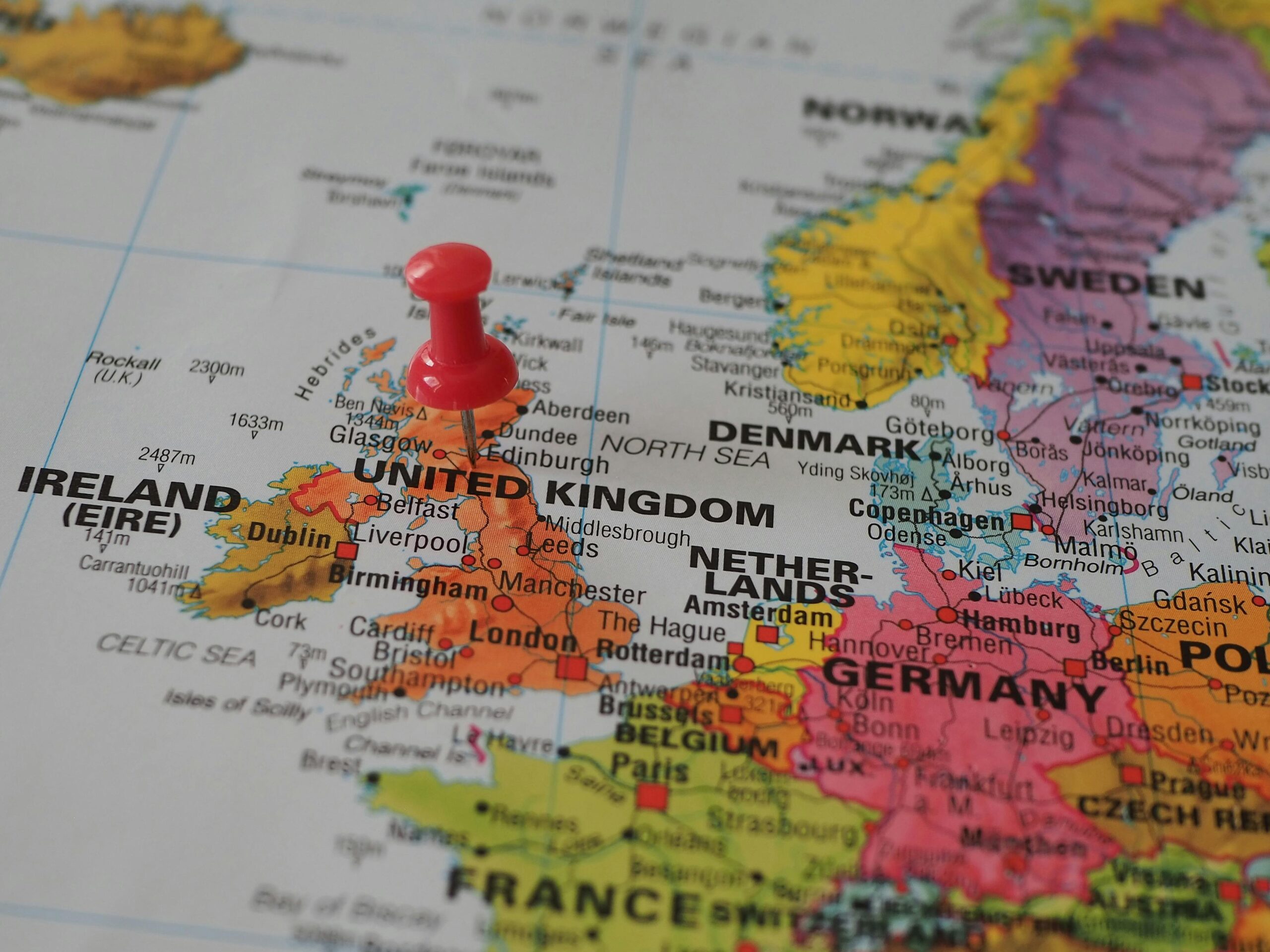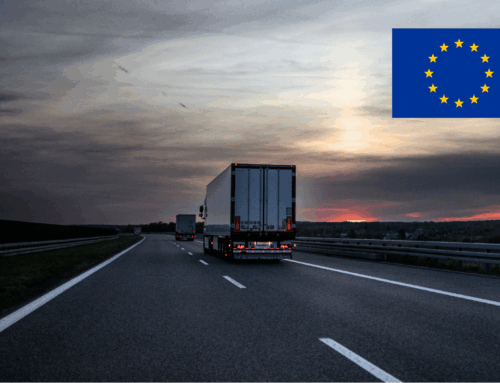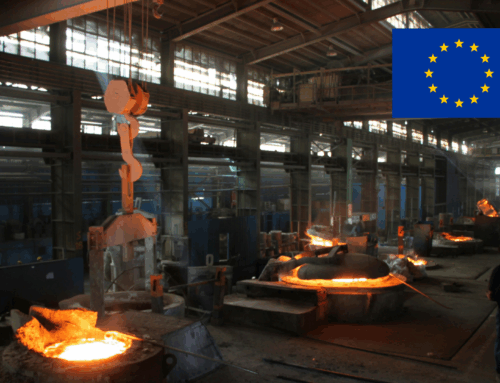Recently, the media once again reported ‘The EU Commission is examining anti-subsidy duties on Chinese e-cars’ – but very few readers and listeners know what this actually means, how the examination is carried out and how long it takes for the examination to become a ‘serious case’.
Anti-dumping and anti-subsidy procedures are trade policy measures taken by the European Union to protect the domestic economy.
Types of trade defence instruments
The World Trade Organisation (WTO) recognises three types of trade defence instruments that can be introduced against imports from non-EU countries under certain conditions. There is a separate WTO agreement for each of these instruments, which is implemented by EU regulations:
- Anti-dumping measures
- anti-subsidy measures
- safeguard measures
Anti-dumping and anti-subsidy measures are directed against unfair trade practices (dumping or subsidisation). Safeguard measures are designed to give a particular industry time to adjust to a significant increase in imports. In order to initiate an investigation and subsequently impose trade defence measures, there must be sufficient evidence of unfair practices or a significant increase in imports. Anti-dumping and anti-subsidy measures are explained in more detail below.
Legal bases
– Regulation (EU) 2016/1036 of the European Parliament and of the Council of 8 June 2016 on protection against dumped imports from countries not members of the European Union (‘basic anti-dumping Regulation’)
– Regulation (EU) 2016/1037 of the European Parliament and of the Council of 8 June 2016 on protection against subsidised imports from countries not members of the European Union (‘basic anti-subsidy Regulation’)
Anti-dumping and countervailing duties can be imposed under the following conditions, which must be met cumulatively:
Dumping
A product is deemed to be dumped if its export price to the EU is lower than its ‘normal value’. The latter is the price of a like product sold in the ordinary course of trade in the exporting country or the production costs plus a reasonable profit margin. An anti-dumping measure – usually in the form of a duty – is used to eliminate the injurious effects of dumped imports on EU producers and restore a level playing field.
Subsidy
A subsidy is a financial contribution by a government or public body that confers a benefit on a specific recipient (company, industry, sector). A financial contribution can take various forms: Grants, loans, tax concessions, goods or services provided. An anti-subsidy measure – usually in the form of a countervailing duty – is used to eliminate the injurious effects of subsidised imports on EU producers and restore a level playing field.
Prerequisites for the introduction of measures
The following conditions must be met cumulatively:
- There must be evidence that imports are dumped (anti-dumping measures) or subsidised (anti-subsidy measures).
- There must be injury, i.e. the dumped or subsidised imports have a significant negative impact on the economic situation of the EU industry concerned – not just on individual producers).
- There must be a causal link between the dumped or subsidised imports and the injury suffered by the EU industry concerned.
– The anti-dumping or anti-subsidy measures must be in the Union’s interest. This is generally the case if the conditions are met. If there are exceptional circumstances, the Union interest may not be given, e.g. if measures would lead to disproportionate disadvantages for the users of the imported goods.
Procedure for anti-dumping and anti-subsidy proceedings
Application for an investigation procedure
When EU producers are confronted with dumped/subsidised imports, in many cases their economic situation can deteriorate. They may lose sales and/or market share or be forced to reduce prices, which may affect profits or even lead to a loss-making situation. In extreme cases, EU manufacturers may be forced out of the market. In such situations – and provided that the specific criteria of the basic anti-dumping or anti-subsidy regulation are met – EU producers can contact the European Commission and request that an anti-dumping or anti-subsidy investigation be initiated.
Once a written request has been received by the competent service of the European Commission (Directorate-General for Trade), it will be examined whether it contains sufficient evidence of the existence of dumping/subsidies and injury to the Union industry as well as a causal link with the dumped/subsidised imports. If these conditions are met, an investigation into the dumped/subsidised imports will be initiated within 45 days of the lodging of the complaint.
Initiation of an investigation procedure
An anti-dumping or anti-subsidy investigation officially begins with the publication of a notice of initiation in the Official Journal of the European Union. Following the publication, known producers and all other interested parties receive forms or questionnaires to be completed by a given deadline as specified in the notice of initiation. In cases where more than one producer is involved in an investigation, sampling will be applied. Companies are requested to submit data on production, sales volume, employment, etc. to enable the European Commission to select a sample. Despite relatively short deadlines for the return of the sampling questionnaires, it makes sense to participate so that the EU Commission has sufficient data available from which to draw a sample representative of the Union industry as a whole. The companies included in the sample will receive an injury questionnaire, which must be completed within 30 days. In justified exceptional cases, an extension of the deadline is possible.
On-site verification visits
In order to verify the answers given in the questionnaires, the EU Commission carries out verification visits to the producers (usually in the third or fourth month after the initiation of the investigation). Such visits are announced well in advance, allowing manufacturers to prepare thoroughly.
Provisional measures
Provisional anti-dumping duties may be imposed prior to the conclusion of the investigation, normally within seven months but no later than eight months from the initiation of the investigation. Provisional anti-subsidy duties may be imposed within nine months of the initiation of the investigation. The EU Commission will announce on its website three weeks before the imposition of provisional measures whether or not such measures are to be imposed. At the same time as the provisional measures are published, interested parties (who have actively participated in the investigation) will be informed and provided with details of all the facts of the investigation and the exact calculations for the company concerned.
Where provisional measures are imposed, they may remain in force for a maximum period of six months in the case of anti-dumping duties and four months in the case of countervailing duties, until either definitive measures are imposed or the investigation is terminated. Provisional measures will not be imposed in all cases. The EU Commission may also decide to continue an investigation without provisional measures and only propose definitive measures at the end.
Please note: Provisional anti-dumping and countervailing duties usually enter into force the day after their publication in the Official Journal of the EU!
Definitive measures
In anti-dumping cases, definitive measures are usually imposed no later than 14 months after the initiation of an investigation (13 months in anti-subsidy cases). Definitive measures normally remain in force for a period of five years, unless they are amended, repealed or extended as part of a review.
Note: Definitive anti-dumping and countervailing duties normally enter into force on the date of their publication in the Official Journal of the EU.
Further safeguard measures
Safeguard measures can be imposed if an unforeseeable, sharp and sudden increase in imports adversely affects an industry.
In contrast to anti-dumping and anti-subsidy instruments, safeguard measures are not
do not depend on whether trade is fair or not. The safeguard clause procedure differs significantly from the anti-dumping and anti-subsidy procedures in several respects.
- A safeguard investigation is initiated at the request of an EU Member State or on the European Commission’sown initiative of the European Commission and not based on a request by the Union industry concerned. For this reason, safeguard measures are not dealt with in this guide.
- A safeguard measure is not directed against imports from a specific country, but rather – in principle – against imports from anywhere into the Union.
- Safeguard measures take different forms. As a rule, they consist of tariff quotas. Imports within the tariff quota are duty-free, but a duty is levied on imports outside the tariff quota.
Source: Chamber of Commerce Hamburg
Further information on safeguard measures can be found on the website EU – Actions against imports into the EU: Safeguards – European Commission (europa.eu)






